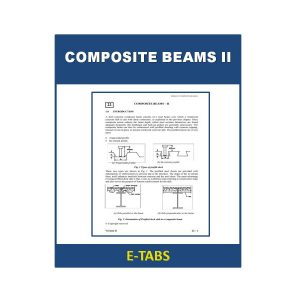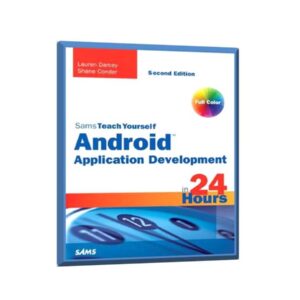Description
Name of Notes : – Physics of Magnetic Recording and Recording Media Lecture Note
Introduction
- Introduction
- Magneto electronics
- Recording and play back theories
- Aspects of Magnetic Recording Head
- Advances in Recording Technology and Materials






Reviews
There are no reviews yet